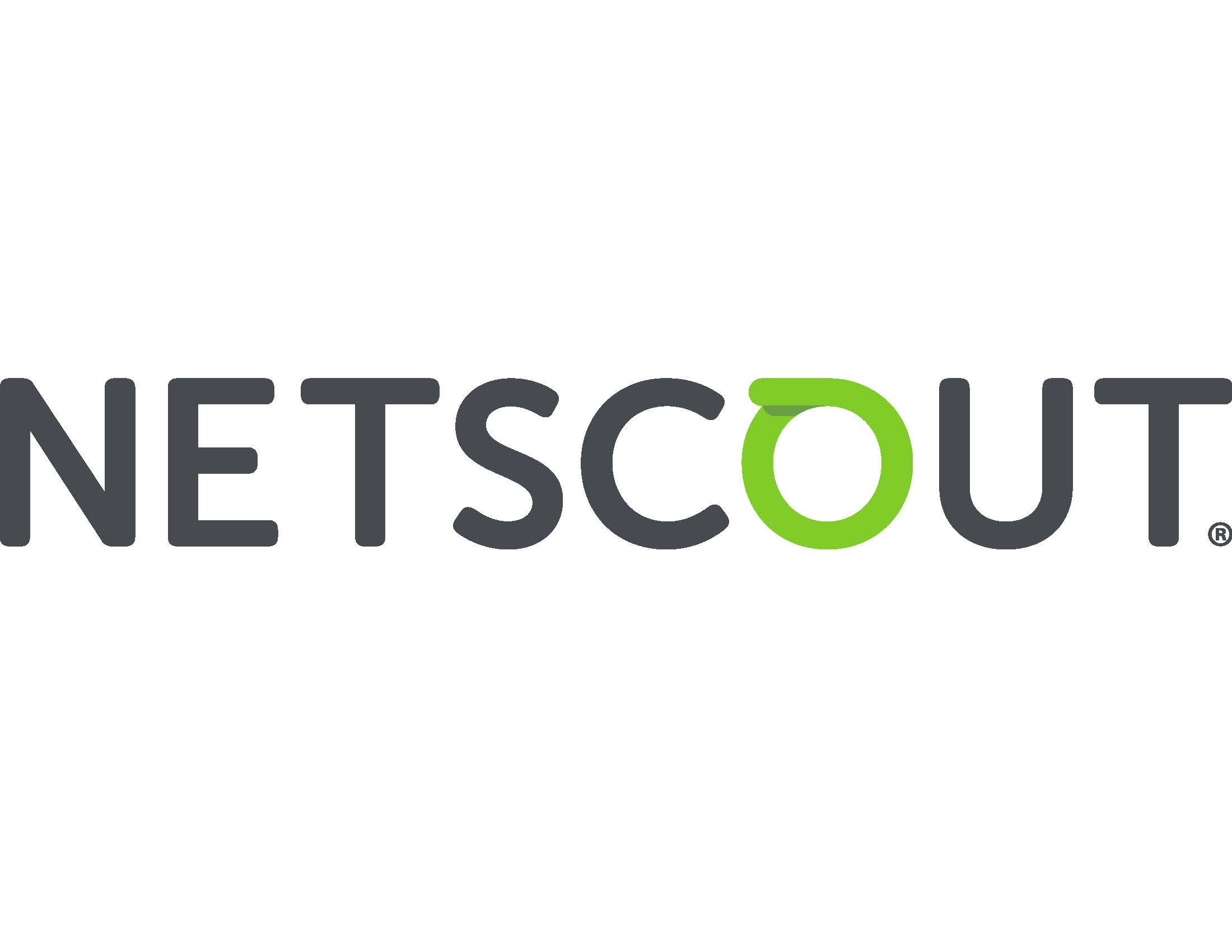
Let’s say you’ve developed a valuable machine, one that lots of people want to use. You obtain patents for the machine. An infringer learns about the patent and copies the patented machine. You sue the infringer for patent damages.
There is no question* that you can collect patent damages for the period of time after you file the lawsuit. But can you collect damages for the period of time that the infringer copied your invention BEFORE you file the lawsuit?
This is where patent marking comes in.
As an astute patent owner and reader of this newsletter, you know that you MUST mark patented products that you make, use or sell; that is, the product must include the word ‘patent’ or ‘pat.’ and the patent number somewhere on the apparatus or a link, such as a QR code, to an online source for information on the patent. Otherwise, you will not be able to collect patent damages from an infringing competitor until either you (a) start marking the product or (b) notify the infringer of the specific infringement, such as by filing a lawsuit. It does not matter that the infringer actually knows about the patent and chooses to infringe anyway – you, the patent owner, MUST either mark the product or notify the infringer.
But what if you don’t make, use or sell a product (for example, you’re a university or an R&D shop). If no one has made, used, or sold the patented product, then the patent marking requirement does not apply to you. You can collect infringement damages for the period prior to filing suit.
…UNLESS you licensed the patent to someone else, and that person made, used or sold the patented product without a patent mark. If one of your licensees made, used or sold unmarked, patented products at any time, then the marking requirements apply to you and you cannot collect damages prior to marking or giving notice to the infringer, even if your licensee has since stopped making, using and selling the product. This is the Arctic Cat v Bombardier case, from February 2020.
How does the court determine whether you (or your licensee) made, used or sold the patented product without the required patent marking? Remember that for many products determining whether a product includes the elements of the patent claim is going to be a lot tougher than just looking at the product. From Arctic Cat and the recent July 2020 case of Packet Intelligence v NetScout, it’s all on you, the patent owner. Once the infringer identifies your (or your licensee’s) product that the infringer believes incorporates the limitations of any claim, it is your job, as patent owner, to prove that the product does not include the elements of the claim.
Packet Intelligence was caught out by the Arctic Cat decision and lost more than $3.5 million in pre-lawsuit damages because it did not prove that its licensee’s product did not include all of the elements of a claim.
The bottom line? Mark your patented products. Document that you’ve marked your patented products. Require licensees to mark patented products. It could be worth a lot of money to you.**
*Presuming the court and USPTO confirm that your patent is valid and infringed.
**Patent marking does not apply to patented methods of doing something. A patent to a method has no product to mark.
— Robert Yarbrough, Esq.

